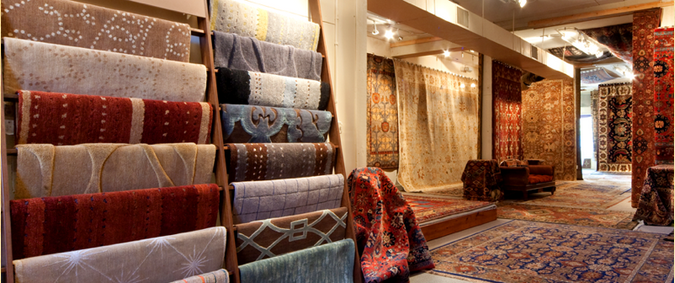Romanian, Bulgarian & Albanian Rugs
The Ottoman Empire is well known for its history of beautiful Oriental rug production. From the late 13th century to the beginning of the 20th century, the Ottoman Empire ruled over an expansive area of land and wide variety of culture.
When the Empire dissolved in the beginning of the 20th century, countries declared their own territory, culture, and weaving styles in order to distinguish themselves from the fallen empire.
Finding A Culture
Romania and Bulgaria emerged as part of the Balkan culture under the Empire. Although Albania itself was not part of the Balkans, it strongly resembles the Romanian and Bulgarians style and construction of Oriental rugs.
Rug Construction and Design
In each state, the government strictly mandates the quantity, quality, appearance, and overall size of all rugs produced. Also, each state has consistently increased its output levels since the Empire’s disbandment without losing quality or beauty.
Romanian Rugs
One of the largest rug producing states in the Balkan culture group is Romania. Romania has a heavy influence over the other two states not only because it is larger than the other two, but because Romania makes the most diverse styles of rugs, and it also produces a wide range of sizes and designs.
When Romania produces a rug, it is given a grade, which is named after a town, river or mountain. Although this name has nothing to do with the actual location that the rug was produced, all grades are produced in the traditional Persian design. Romanian rugs use cotton or woolen foundations – except for Moldova rugs that use mercerized cotton.
Bulgarian and Albanian Rugs
The other two states produce limited amounts of items in comparison to Romania, and they both have a limited range of qualities and designs that they create. However, despite the limited production, the items that these two states produce compare to Romania’s highest quality rugs and carpets.
Quality and Worth
All three states produce excellent rugs made of high quality designs and materials. Unfortunately, the resale value of these items is typically very poor, and they should be considered as good-value items instead of investments.

